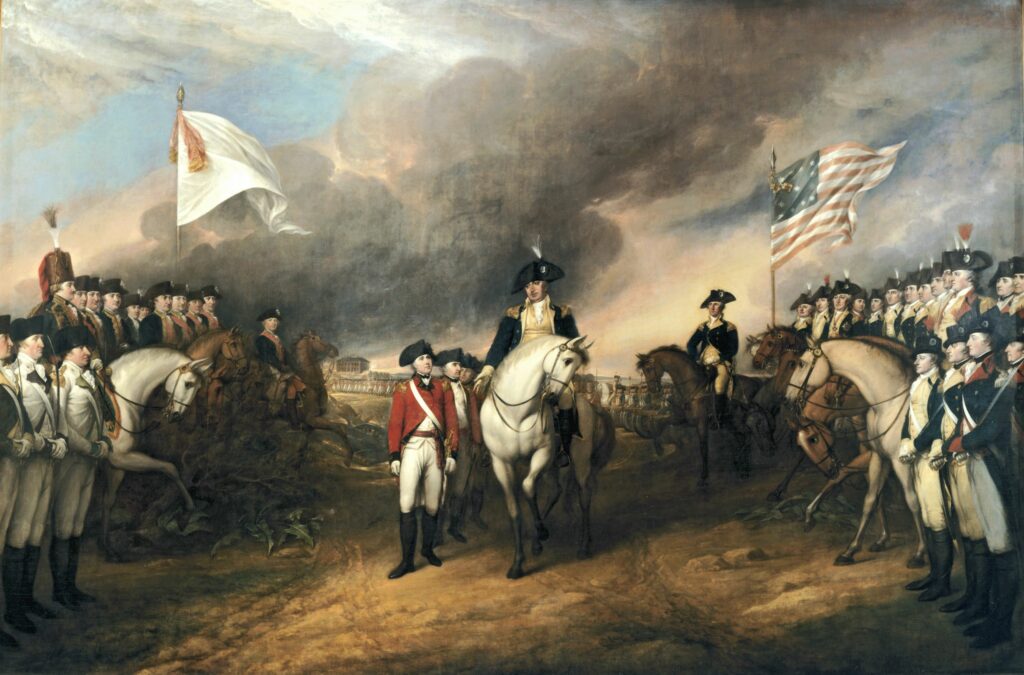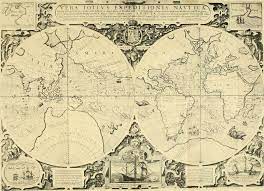1754 – Let’s Discover The Interesting History In 2024!
Travel back in time to 1754 – a crucial year known as MDCCLIV unfolds, marking a turning point in history.
Generally, 1754, marked by the Albany Congress and cultural milestones, unfolds as a pivotal year in history. Its dual calendar commencement, global ripples, and impact on the French and Indian War make 1754 an intricate chapter in our past.
Come With on a detailed exploration, unwrapping layers of historical significance and understanding why 1754 stands as a cornerstone in the annals of history.
What Transpired In 1754? – Discover The Epoch!
Journey back to the transformative year of 1754, a pivotal epoch in history marked by profound changes. As we delve into this historical panorama, the layers of significance unfold, beginning with the political landscape.
Notably, the Albany Congress took center stage, representing a crucial event in pre-revolutionary American history. Delegates from seven colonies gathered to address common defense issues, proposing the Albany Plan of Union, even though it was not adopted.
The plan’s significance lies in its early attempt to foster colonial unity, a theme that reverberates through the pages of history. On the cultural front, 1754 saw the emergence of Horace Walpole’s gothic novel, “The Castle of Otranto.”
Thus, This literary gem not only captivated readers but also contributed significantly to the rise of a genre that would endure for centuries. A closer examination of 1754 unveils the intricate interplay between political and cultural forces, shaping the fabric of an extraordinary year that resonates with historical depth and complexity.
When Did 1754 Unfold? – Explore The Rich Complexities Of History, Where Each Day Holds A Unique Significance!

1. Navigating the Dual Calendars
In The First Place, 1754 operates within the realms of both the Gregorian and Julian calendars, initiating on a Tuesday in the former and a Saturday in the latter. This dual starting point introduces a layer of complexity to the historical fabric, demanding a nuanced perspective to fully grasp the chronological landscape.
2. Commencement On A Tuesday In The Gregorian Calendar
On The Other Hand, The chronological journey of 1754 commences on a Tuesday in the Gregorian calendar, setting the stage for a year of historical significance. This starting point in the widely adopted Gregorian calendar adds a distinctive flavor to the events that unfold throughout the year.
Where Did The Ripples Of 1754 Reach?
Certainly, the Ohio River, where the ripples of 1754 unfolded, particularly at Logtown Riffle—a noteworthy site highlighted in George Washington’s 1754 map.
Situated in an area inhabited by Shawnee, Delaware, Iroquois, and other Native peoples, Logtown emerged as a crucial trading and conference hub.
As we traverse the Lewis & Clark National Historic Trail, we uncover the enduring impact of these ripples, providing a unique glimpse into the challenges and stories that shaped the navigation and rich history of the Ohio River.
How 1754 Shaped History – An In-Depth Analysis

The year 1754 laid the foundation for a transformative chapter in history, marking the beginning of the French and Indian War. This conflict, which extended until 1763 with the Treaty of Paris, significantly altered the geopolitical landscape, providing Great Britain with substantial territorial gains in North America.
While these victories were noteworthy, the aftermath of the war introduced challenges, including disputes over frontier policies and financial burdens. These issues sowed the seeds of discontent among the American colonies, eventually evolving into a catalyst for the American Revolution.
Thus, the intricate interplay of events in 1754 set in motion a series of historical developments that shaped the course of North American history.
Decoding The Significance Of 1754 – What Sets It Apart?
1. The Birth of Territorial Reshuffling
The initiation of the French and Indian War in 1754 and its conclusion with the Treaty of Paris in 1763 marked a significant period of territorial reshuffling. Great Britain emerged with substantial gains in North America, altering the power dynamics and territorial control.
2. Frontier Tensions and the Spark of Discontent
The roots of the conflict delve into ongoing tensions on the North American frontier, where French and British imperial officials, alongside colonists, vied for influence. The rejection of the Albany Plan of Union, a visionary attempt at colonial unity, foreshadowed the challenges and divisions that would contribute to colonial discontent and eventually ignite the flames of the American Revolution.
3. Complexity of Territorial Disputes

The poorly defined borders between French and British possessions, particularly evident in the upper Ohio River valley, intensified territorial disputes. The construction of French forts and British attempts to expel them in 1754 elevated a distant frontier skirmish into a full-scale war.
4. Early Setbacks and Shifting Tides
The early stages of the war saw British setbacks, including General Edward Braddock’s failed expedition. However, after 1757, the tide turned in favor of Great Britain, with victories in India and the conquest of Canada in 1759.
The Legacy Of 1754 – What Lessons Does It Hold?
- Enduring Legacy: The legacy of 1754 extends beyond its immediate historical narrative, imparting timeless lessons that resonate through the ages.
- Unity Challenges: 1754 serves as a poignant reminder of the inherent challenges and opportunities involved in attempts at unity and collaboration.
- Albany Congress Echoes: The echoes of the Albany Congress, a pivotal event in 1754, reverberate through the pages of history.
- Influence on Subsequent Efforts: The lessons from 1754 influence subsequent efforts at collaboration and cooperation among diverse entities, shaping the course of historical events.
- Navigating Challenges and Seizing Opportunities: The enduring legacy of 1754 encourages a reflection on navigating challenges and seizing opportunities, fostering a deeper understanding of the complexities of unity in historical contexts.
Frequently Asked Questions:
1. What Major Event Happened In 1754?
1754 witnessed the Albany Congress and the proposal of the Albany Plan of Union, a significant event in pre-revolutionary American history.
2. What Was Established In 1754?
The Albany Plan of Union was proposed during the Albany Congress in 1754, laying the groundwork for intercolonial cooperation.
3. Why Was The Albany Congress Significant?
The Albany Congress was crucial as it marked an early attempt at colonial unity and laid the groundwork for future discussions about independence.
4. What Happened In 1754 In American Government?
The Albany Congress and the proposal of the Albany Plan of Union were key developments in American government during 1754.
5. What Happened In June 1754?
In June 1754, the Battle of Jumonville Glen occurred, a skirmish that marked the beginning of the French and Indian War.
Wrapping Up The 1754:
In a broad context,
The year 1754 emerges as a pivotal chapter in history, characterized by significant events such as the Albany Congress and notable cultural milestones.
The dual commencement in different calendars, global repercussions, and influence on the French and Indian War collectively contribute to making 1754 a complex and noteworthy period in our historical narrative.
Read More:
